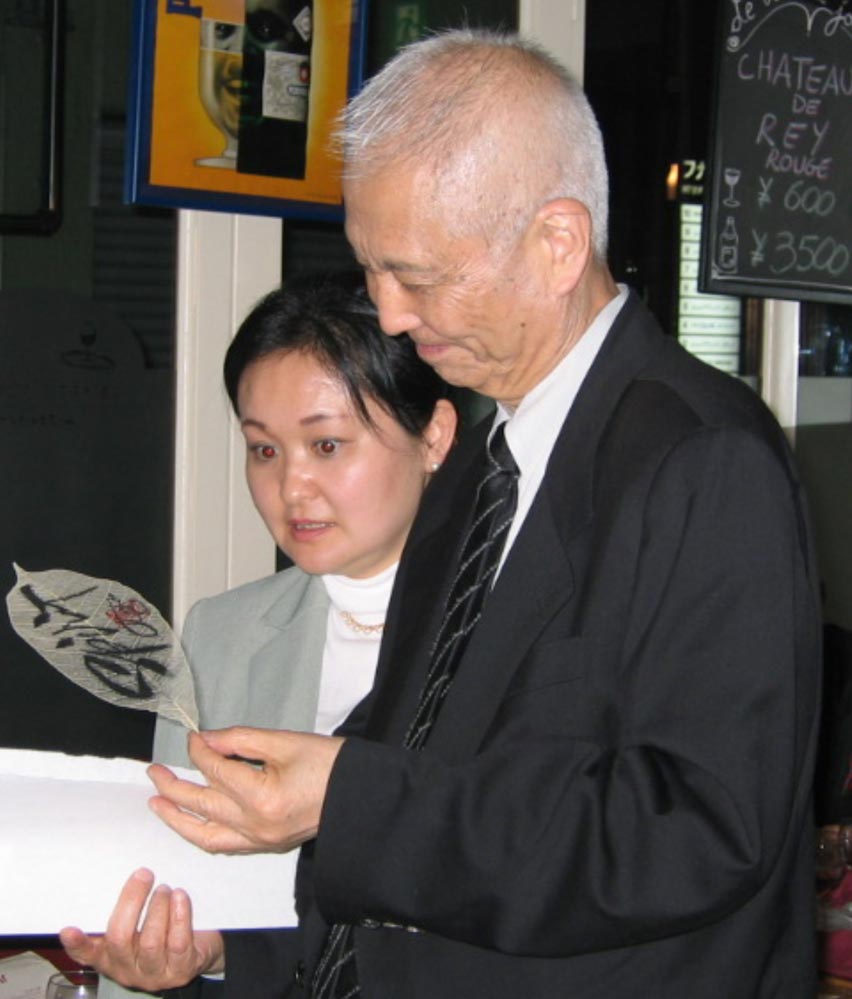
When we study “design thinking, it comes back to a sequence of thoughtful evaluations and engagement with analysis—but too, an exploration of the context of emotion—as tactics are framed to capture feelingness, which flow into the humanity of brand, untethered creativity and the processes of design management.”
The image above, Shu Uemura at Japan Beauty | Tokyo—with a GIRVIN Spirit leaf, a tsumaranai-mono—a design that is completely free of thinking—simply drawing and doing, making something, as a gesture to another.
BRAND MANAGEMENT, DESIGN INNOVATION AND CREATIVE INTELLIGENCE
Anyone in the place of brandwork has history in the balance between the crossroads of creativity and intelligence, as well as in the realm of the disciplines of design management—these speak to the thoughtful implications for how to align emotional, if not spirit-based intelligence with design execution. Thoughtful, designed brands are detailed and complexly integrated—everything works together towards the message, the look of the story and how these visual and textual mechanisms work together.
This synchrony for GIRVIN comes from a closely partnering with mega brands, deep legacy brand propositions as managed by Procter & Gamble, IBM, J&J, Apple, Kimberly-Clark, Kraft, and learnings in sharing with IDEO and other large brand(ing) groups that have been, over time, collectively linked to the idea of aligning a strong strategic intention to the process of engaging the premise, and the promise of design thinking—a strategic of disciplined tactics in project design development.
At a GIRVIN-branded site, Coraggio Design | MOCA, LA, CA.
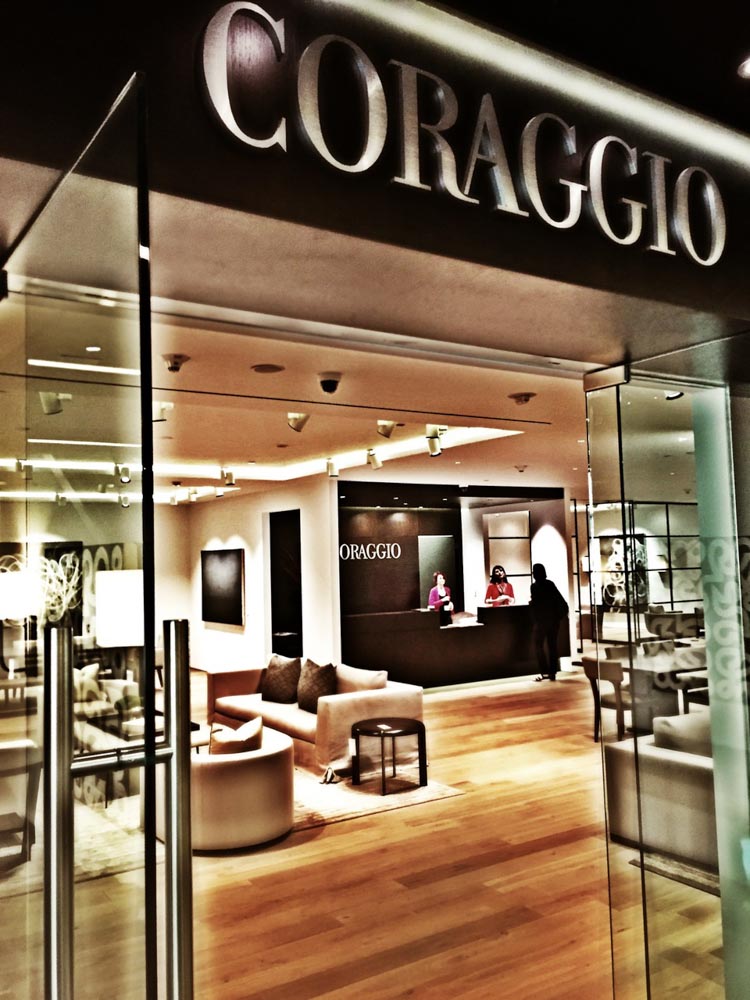
And there are layers of this proposition and ways in which practitioners relate to the process of designing | thinking | brand | outcomes. Another movement that might be aligned to this premise links to design management, which presumes that design and the creative process, related to brand, can be a intellectually explicated, process-managed examination. Designing with intentional comprehension builds on strategy and wins in the end, with the goals of boosting business. Great design = great business. It’s been pointed out by numerous writers whose positioning lends not only value to the thinking addition to the power of design, but as well—winning solutions that enterprises can see results.
A nomenclature and tactical conflict exists—the point of the tactical outcome of strategy and the emotionality of thinking. Solutions in reinvention have been circled by evolutions in applicability—the principles design thinking evolve and new interventions emerge. We were there already in the last decade.
The character of design thinking, as summarized by Wikipedia’s definition speaks to “the set of cognitive, strategic and practical procedures used by designers in the process of designing, and to the body of knowledge that has been developed about how people reason when engaging with design problems.Design thinking is also associated with prescriptions for the innovation of products and services within business and social contexts.”
A history of design thinking:
1.]—“design activity of the 20th century (and earlier) can be considered “design thinking,” the term first emerged prominently in the 1980s with the rise of human-centered design.
2.]—The notion of design as a “way of thinking” can be traced in the sciences to Herbert Simon’s 1969 book The Sciences of the Artificial, and more specifically
3.]—in design engineering to Robert McKim’s 1973 book Experiences in Visual Thinking.[2]
4.]—Rolf Faste expanded McKim’s work in the 80s and 90s in his teaching at Stanford,
5.]—defining and popularizing the idea of “design thinking”
6.]—as a way of creative action that was adapted for business purposes by IDEO through his colleague David M. Kelley
7.]—Peter Rowe’s 1987 book Design Thinking was the first noteworthy usage of the term in the literature on design, providing a systematic account of problem solving procedures used by architects and urban planners.
8.]The 1992 article by Richard Buchanan titled “Wicked Problems in Design Thinking”
9.]—expressed a broader view of design thinking that has been highly influential with regard to addressing intractable human concerns through design.
And, as everyone knows, today there is considerable academic and business interest in understanding design thinking and design cognition, including an ongoing series of research in design thinking. My path, in a manner, has studied the ideas of how GIRVIN considers design + thinking, (and thinking design) and the link to the other dimensions of human touch.
And unthinking it, by rethinking it.
In studying the cartography of design thinking, processes, oftentimes, this mapping is so heavily formed on the procession and sequence of planning, that I ponder the meander of human interface. That idea of plan, the engineering of the detail of structure is wholly necessary, but the nature of the presentation – from powerpoint to pdf sequences could’ve used a more human touch in how this UX of design thinking can be explained.
A colleague, Volker Mueller, a strategist (architect-trained) and design thinking engineer at Bentley, has offered an overview of the complexity of the process that he uses in building solutions for his executive and sales team in building tools and approaches. And while his presentation is persistently revealed in powerpoint, he has attempted to map the coordinates of humans—their interplay—in the design development and thinking process.
Still, at a group session—and a theme that is just now reemerging—we offered in GIRVIN’s team presentation, 5 minutes of evangelism—reached to the strategy of design think-fullness, and the embedment of soul-fullness, the humanity of brand + design dimension, and the layering of depth in the meditation on design thinking. As with anything, we reach deep.
To the strategy of design, thinking, and unfoldment in the presence of an audience, guest, customer, client, the bridge from the making to the consumer, there are psychic dimensions, as well. Psyche, that which lies beneath and within—not only the consumer experiencer, but in the founding of the brand as well.
To un-think the signature of design—the intellect of any sign-making—suggests a movement to that which is not thought, but felt. The emotional attachment of memory becomes a catalyst of cascading change, not everything can be processed, planned or programmed.
Some must be found, sensed and felt.
The instinct of sensation and reaction—the feeling of the crowd, the maker, and the thread between them.
Here’s some unthinking, thinking design, created and presented emotionally.
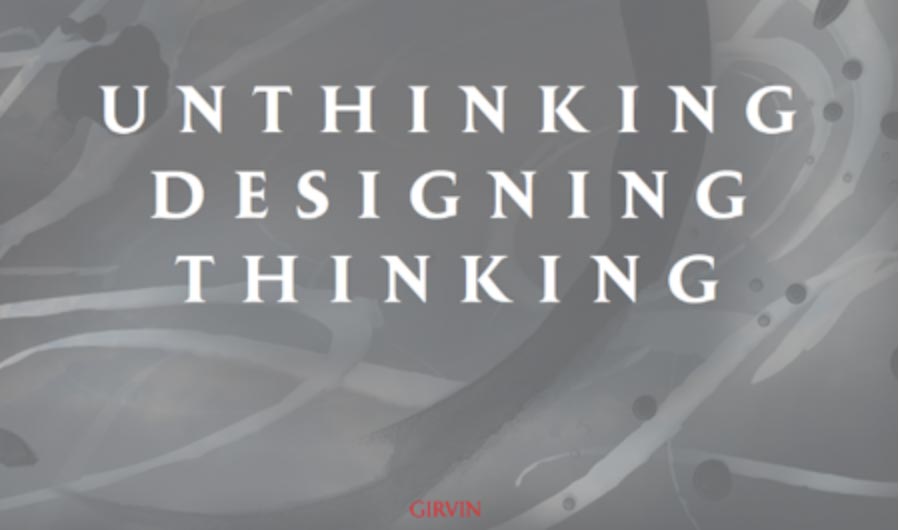
To think, an ancient word, is about the magic of appearance; it, to making something appear, to cause its revelation — it’s lilting, flowing, moving: like a ghost or spirit; and it can vanish in the instant of its manufacture. And I designed this presentation in this manner, drifting, mystical, layered like a chiaroscuro, a palimpsest of ideas, tiers of contemplation.
Thought comes, and goes—it might be in the transcription, the translation, the sketching, the ideation in evolution that brings it sequentially to a made form, from the opening “spirit” of its foundation. To “consider”—from the Latin, con-sidere,
and the sidereal, reaches outwards to the stars.
Think > translate > illustrate > formalize > consider > progress > to the farther shore in that story.
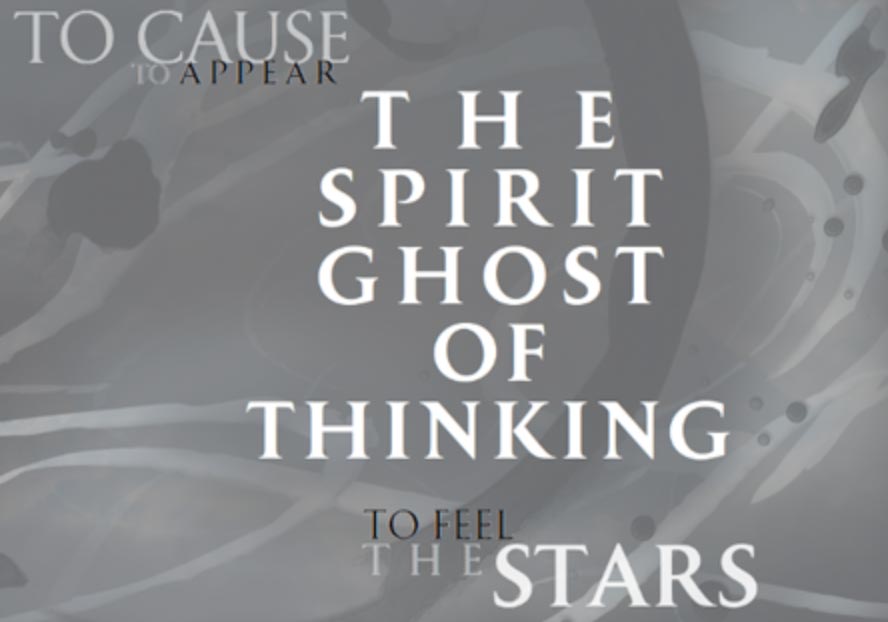
Reach is that stretch—out, reeling-in, the gathering. In reaching out, you can reach back—but the reach, in creative, is spatially dimensionless.
But in any reach, naming this, there is always the link to mind, the memory and meaning.
This design, thought, means what to whom?
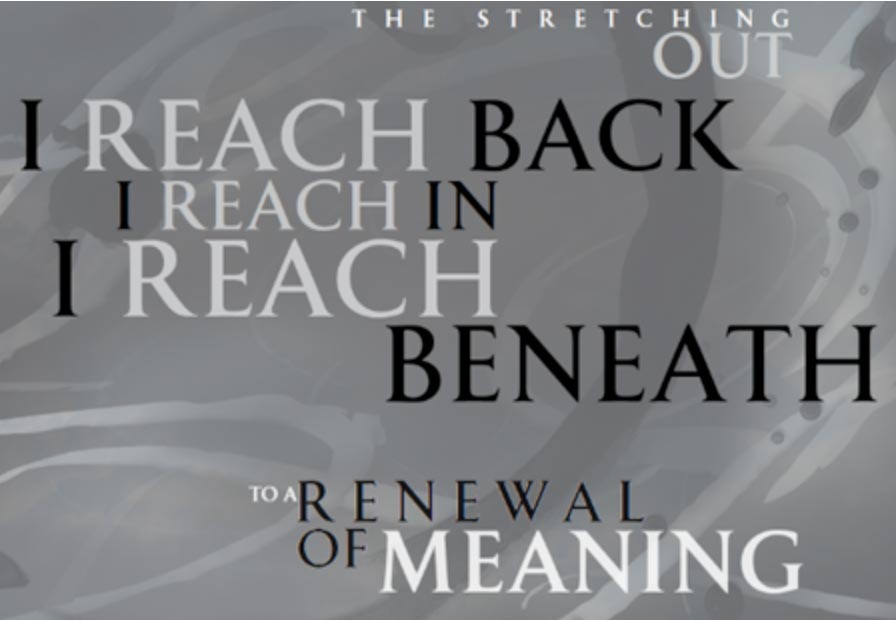
You can’t depersonalize the nature of design in the reflection of design— the signing, is the signature. That lends to a human, that lends to a making— those perspectives, the circling and angling of seeing, and seeing in = insight.
Go back, reach-in.
And there is craft in that making—craft known in the original sensing of the word: the Old English (450-1100 C.E) — cræft, a phrasing of “power, physical strength, might,” and backwards in time from the Proto Germanic *krab-/*kraf- (and the Old Frisian kreft, Old High German chraft, German Kraft for “strength, skill;” the Old Norse kraptr “strength, virtue”).
And expanded, in sense, in Old English to mean “skill, art, science, talent” (via a notion of “mental power” and later interpreted to the notation of “trade, handicraft, calling.” The word still was used for “might, power” in 12th century Middle English.
Skill, in thinking design; power in thinking things through — by a plan or inspiration.
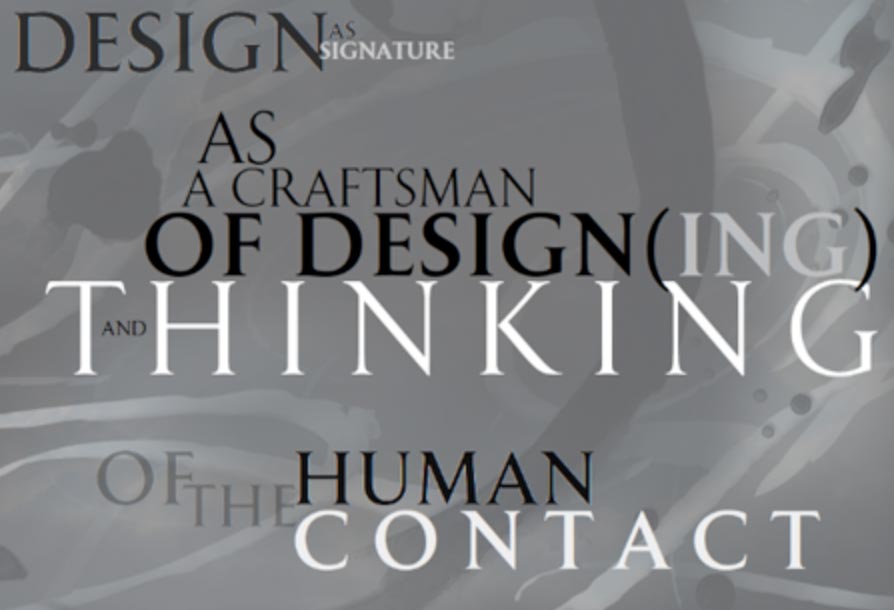
Are you moved?
When you are in an astonishing place—you are moving there, moving-in, moving-through. And there might be thinking in that character, but there too, the exhalation of making—design thinking >thinking design.
I’m thinking about design.
Design, I’m thinking about.
There’s thinking, so what does it feel like?
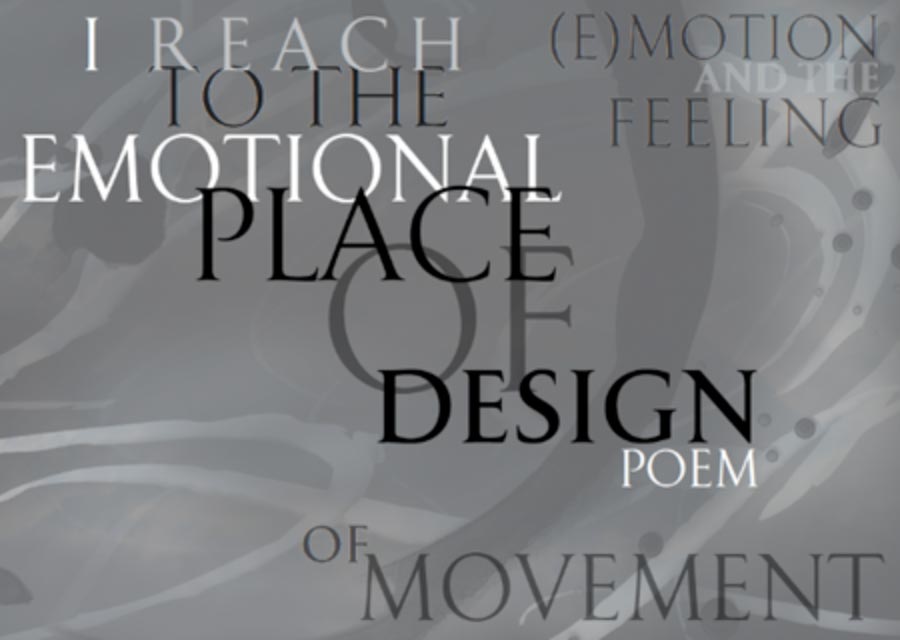
In the beauty of the signature, the poetic stretch of reaching across the planning matrix to the deeper set — the depth of mind:
allegory | finding the layers of what lies in an image, found in the image of another.
archetype | finding arkhetypon — patterning, modeling, the design of a seal –the first type.
metaphor | finding metaphora — one word, one language, becomes another.
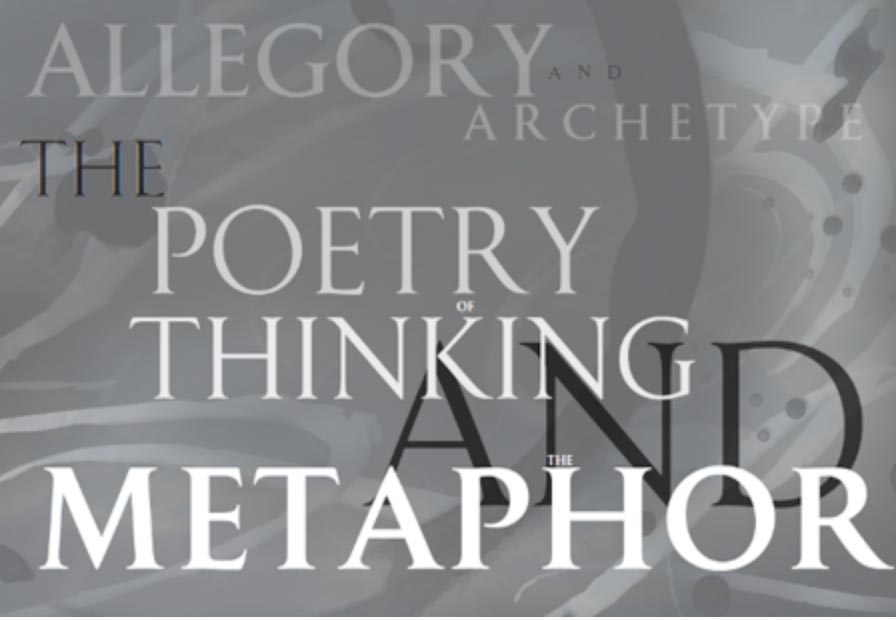
To the thinking of design, passion drives—and brand, to the ancient root and sound, is—and begets — fire. Passion is the pain of holistic commitment — “fail early. And often.” And story is history — reaching back into the memory of touched, scented, heard, tasted, seen. But there’s more.
Focus in: to it.
The focus, from the Latin: “the hearth and fireplace.”
Without fire, it all goes out.
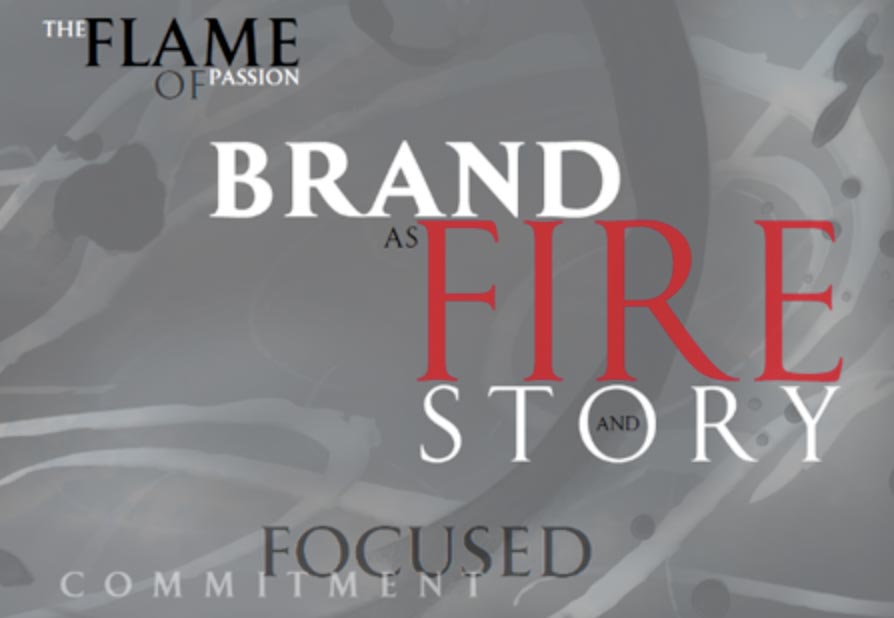
To be a design thinker, there has to be feeling—be-in. Being. And being in the paces of places that can be designed — but they can be felt, moving beyond just “space” to place.
Sense, in sentience, feeling wholly touched.
Design thinking as sensuality.
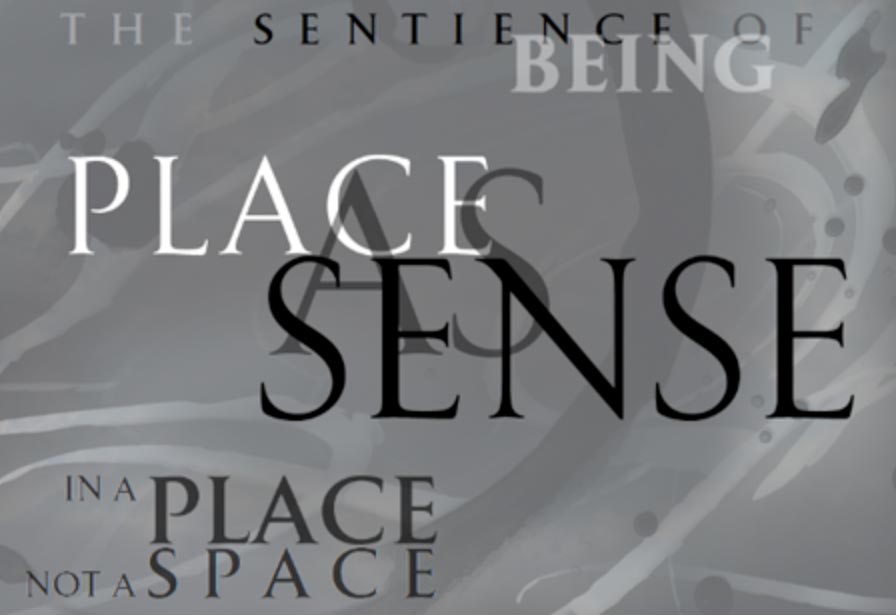
Ideas are woven in the crowd — and being a weaver | craftsman, I know the tossing slide of the idea that rips back and forth across the shuttling of gathered ideals.
Sutra — that is the weaving; and the red thread is the breath of inspiration that keeps moving through the presence of that thoughtful designed intention — the warp, the weft, the woof of visualized processions. The procession—it’s how you walk into something. How much space, how much place do you have?
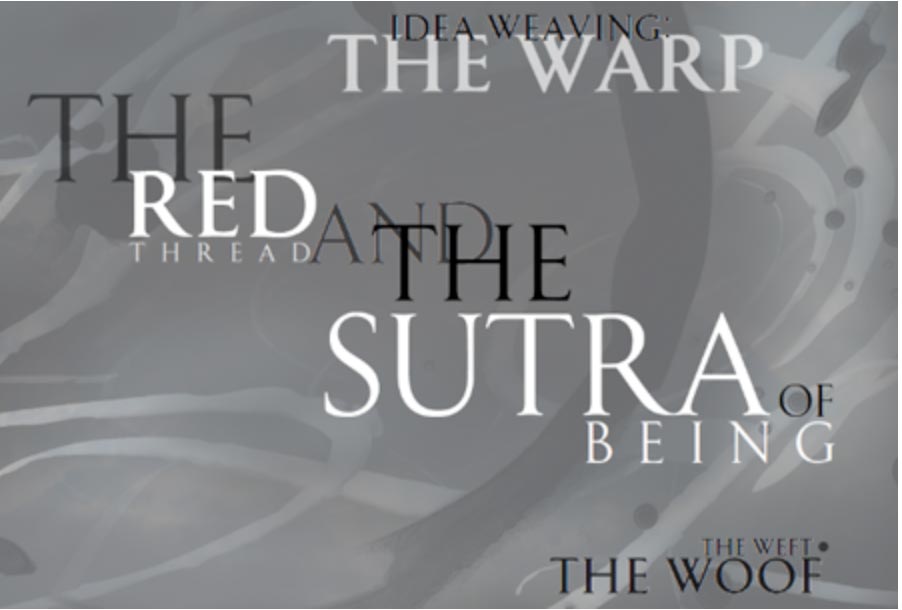
Tantra is the threading — allegorically, but it too relates to the loom of experience; think of the tapestry of mind-fullness; it’s never flat, it is a vast matrix of fabulous interconnectivity; it is the weaving the creates the beauty of the flat work of the layered art.
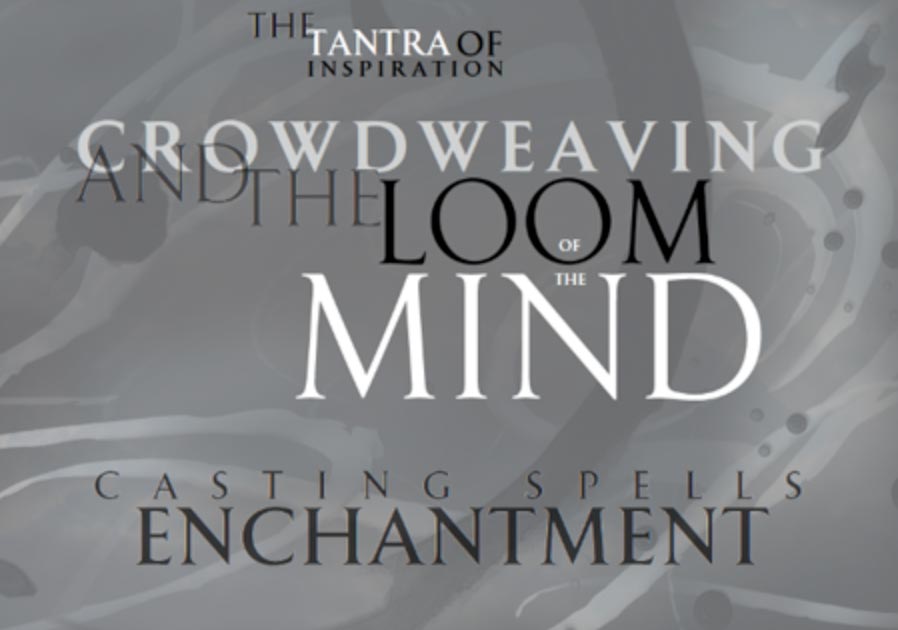
Thinking design will be finding what lies beneath, scene above, known below—the psychic, the personal, the physical, the sensate—and
the marvelment of how they come together. The text—the context—the messaging and the layering of that translation: image.
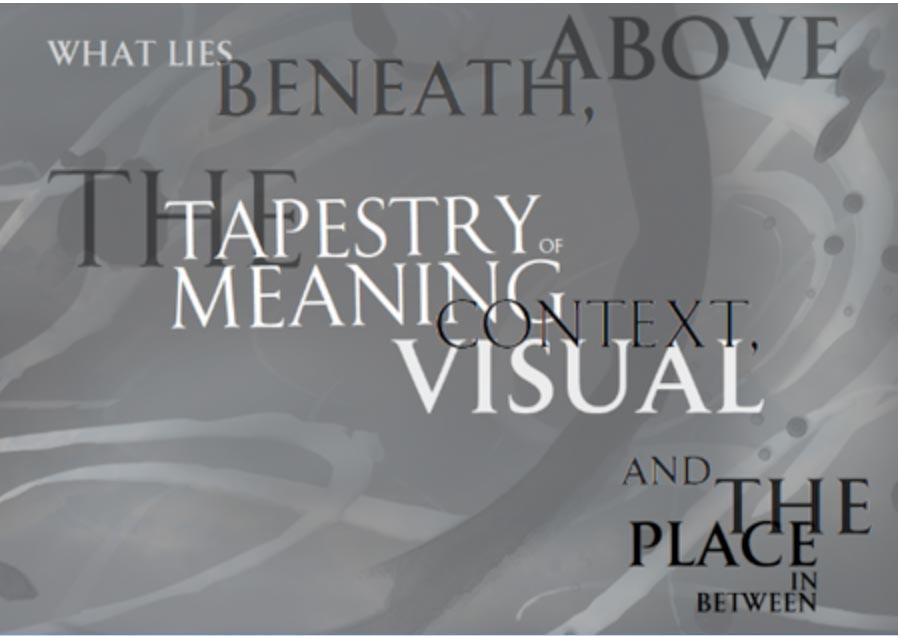
Sensing is sphere—the experiencer—coming to the range of eight sensate conditions, that bind the five known sensical arrangements together. That would be the sensation of instinct—the unknown reaction that stimulates choice; that would be memory—coming from one to another: memory is meaning. To mean, to intend, to recall and gather; and in that—the sense of balance. It’s how it holds together. All.
Designing thinking, thinking design “sensation,” is the wholeness of process(ion)— and what, in that holistic quest(ion) leads approach and pathway.
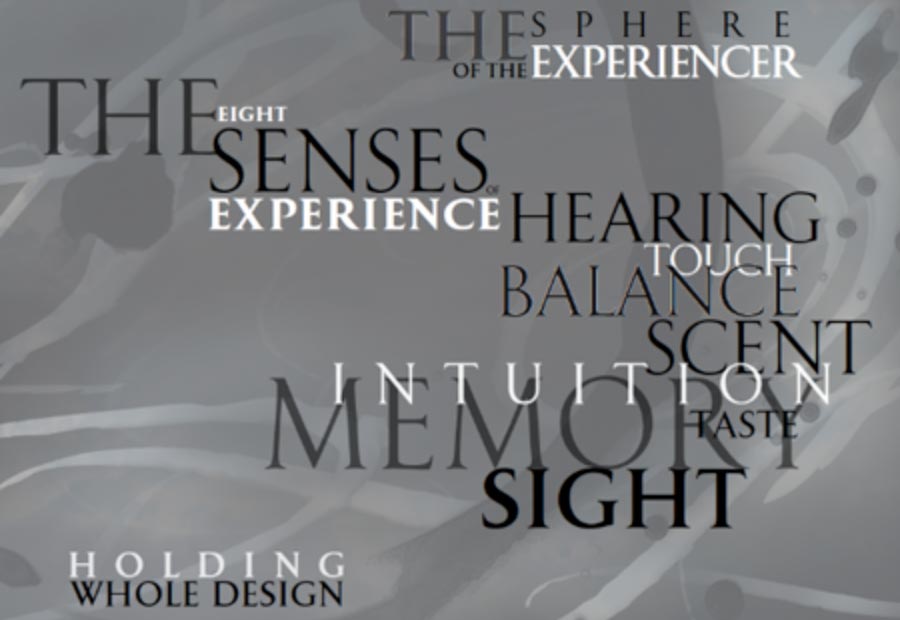
THINKING
DESIGN
IS THINKING
WITH PASSIONATE FEELING.
––––
TIM | @ OSEAN
GIRVIN | Strategic Brands
Digital | Built environments by Osean | Theatrical Branding
Waves | Art | Talismanika® | Oom Carpet Arts | Technology Branding | Destination Brands
Yes, we work on projects in strategy | story | naming | messaging | print
identity | built environments | packaging
social media | websites | interactive